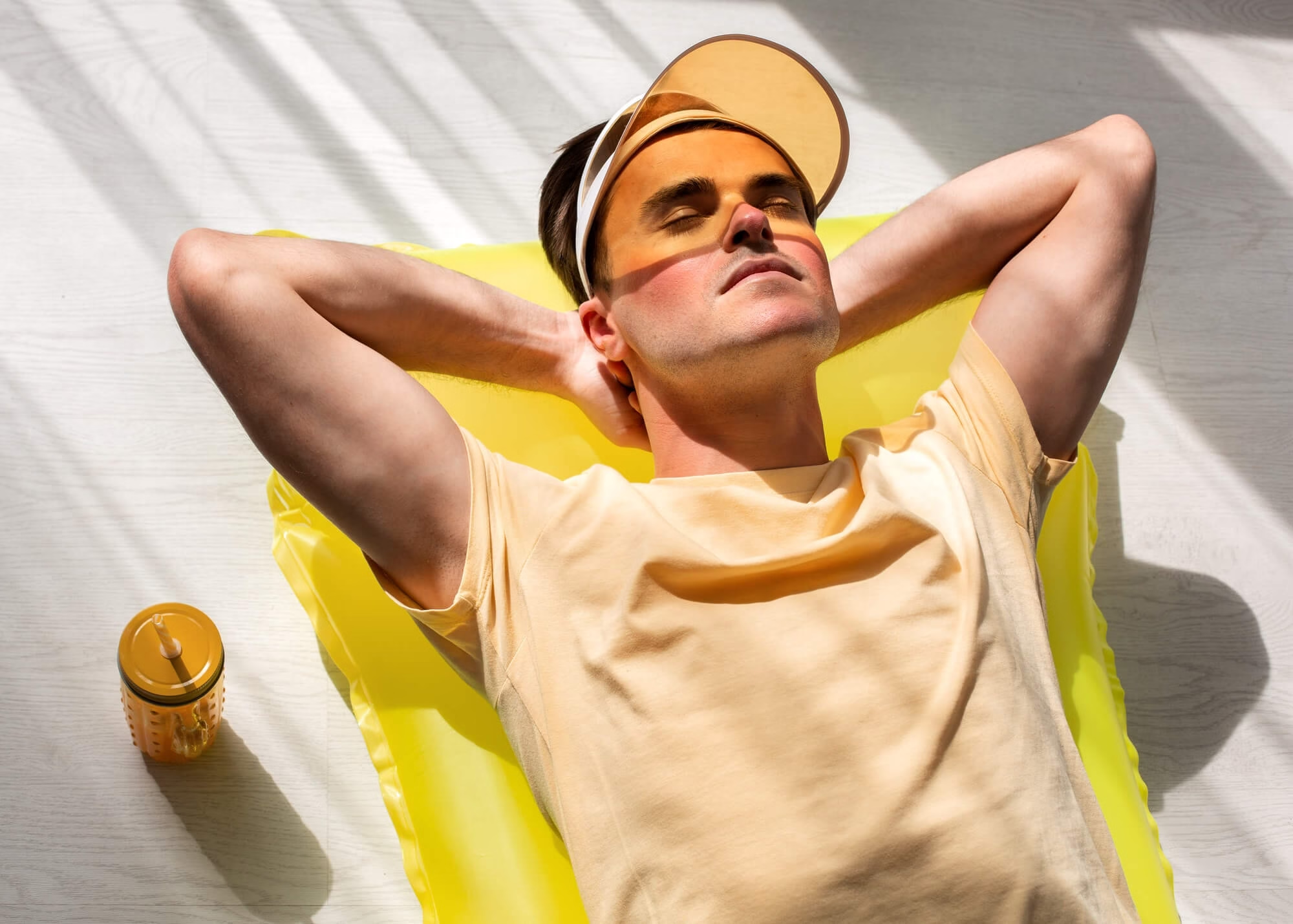The lifecycle of stars begins in nebulae and involves stages from protostar to main sequence, red giant, and supernova. Massive stars end as black holes, while smaller stars become white dwarfs. This cosmic cycle illustrates the interconnectedness of the universe, highlighting the transformation of stardust into celestial phenomena.
How to back up and Restore Data Using Cloud Storage
In the digital age, securing data is vital, and cloud storage provides a reliable backup solution. This guide explains how to set up cloud storage, back up essential files, and restore them easily. By using services like Google Drive or Dropbox, users can access their data anytime, ensuring its safety and accessibility.
Impact of Radioactive Decay in Nuclear Reactors Design
Nuclear reactors have revolutionized how we generate electricity, offering a powerful alternative to fossil fuels. However, a critical factor behind their impressive capabilities is radioactive decay. Specifically, this process, where unstable atoms release energy from their nuclei, plays a significant role in designing nuclear reactors. Consequently, understanding how radioactive decay impacts reactor safety, efficiency, and overall functionality is crucial. Let’s examine how these effects shape reactor design and performance. What is Radioactive Decay Radioactive decay involves the transformation of unstable isotopes into more stable forms, while simultaneously releasing radiations. This radiation, in turn, can take the form of alpha particles, beta particles, or gamma rays. Consequently, each type presents unique challenges and considerations for reactor design. Key Considerations in Reactor Design 1. Heat Generation Radioactive decay generates enough heat, which is used to produce electricity in reactors. Precise management is required to avoid overheating the heat from fission reactions in the reactor core. Designing effective cooling systems becomes paramount to maintain a stable temperature. 2. Material Selection The materials used in reactors must withstand intense radiation without degrading. Engineers choose materials like zirconium alloys for fuel cladding and stainless steel for structural components due to their radiation resistance. Ensuring these materials remain strong under constant radiation is essential for the reactor’s long life. 3. Safety Measures Safety is a top priority in reactor design. Radioactive decay produces neutron radiation, which can cause serious damage if not properly controlled. The reactors incorporate a number of safety systems such as control rods and containment structures to manage neutron activity and prevent accidents. Managing Radiation Effective radiation management is crucial to protect both the reactor and its surroundings. Here are some strategies employed in reactor design: Innovations in Nuclear Reactors Design The nuclear industry constantly looks for innovations to enhance reactor performance and safety. Modern designs such as pressurized water reactor (PWR) and boiling water reactor (BWR) incorporate advanced features to better manage radioactive decay. 1. Passive Safety Systems Passive protection systems rely on natural forces such as gravity and convection to maintain safe reactor conditions even during power outages. These systems reduce dependence on mechanical components, reducing the risk of failure. 2. Modular Reactors Modular reactors offer a flexible and scalable approach to nuclear power. These small reactors can be built offsite and assembled on location, reducing construction time and costs. Their design prioritizes increased safety and improved efficiency. Future Prospects The future of nuclear reactor design looks promising, with ongoing research focused on exploiting radioactive decay more effectively. Innovations such as thorium reactors and fusion reactors have the potential to provide even safer and more sustainable nuclear power. Conclusion Radioactive decay is a cornerstone of nuclear reactor design, significantly impacting everything from heat management to material selection and safety measures. By thoroughly understanding and effectively addressing the challenges posed by radioactive decay, engineers can continue to advance the field of nuclear power. Consequently, these advancements pave the way for a cleaner and more efficient energy future.
Role of Ultraviolet Radiations in Skin Health
Sunlight is essential for life, but it brings with it ultraviolet (UV) radiations that significantly impact our skin. Understanding how these rays affect our skin, can help us make informed decisions about sun exposure and protection. In this blog, we will explain the effects of ultraviolet radiations on skin health, describing their benefits and potential risks, and highlight how to protect yourself effectively. Ultraviolet Radiations Ultraviolet (UV) radiations are invisible rays that come from the sun and some man-made sources, like tanning beds. These are some kind of energy waves that can touch your skin. Ultraviolet radiations are classified into three main types based on their wavelengths. Types of UV Radiations 1. UVA (320-400 nm) Ultraviolet Rays penetrate deep into the skin, reaching the dermis layer. They are responsible for premature aging, leading to wrinkles and age spots. However, UVA exposure also stimulates melanin production, giving us the sunny glow. But be careful, too much UVA can damage the skin and increase the risk of skin cancer. 2. UVB (280-320 nm) Ultraviolet B rays, on the other hand, mainly affect the epidermis: the outermost layer of the skin. These rays are the main culprit behind sunburn. Still, they’re not all bad. UVB radiation triggers vitamin D synthesis in our skin, which is essential for bone health and immune role. Finding the right balance of UVB exposure is key to reaping its benefits without the risk of skin damage. 3. UVC (100-280 nm) Ultraviolet C rays are the most harmful, but thankfully the Earth’s ozone layer blocks most of them. They rarely reach our skin under normal conditions. Benefits of Ultraviolet Radiations Despite their potential dangers, ultraviolet radiations offer some surprising benefits. For instance, one of the most significant advantages is their role in vitamin D production. UVB rays stimulate the production of vitamin D in the skin, which is crucial for bone health, immune function, and overall wellbeing. Without adequate sunlight, many people may struggle to get enough vitamin D, which can lead to deficiencies. Furthermore, exposure to UV rays can positively affect mood. Sunlight encourages the production of serotonin, a hormone linked to mood regulation. Therefore, increased serotonin levels can enhance overall mood and help in combating feelings of depression or anxiety. Dark Side of Ultraviolet Radiations Despite these benefits, overexposure to UV radiations can have serious consequences. Sunburn, premature aging, and an increased risk of skin cancer are some potential risks. Here’s a closer look: Sunburn Sunburn is a common and immediate effect of UVB rays, causing painful redness, swelling and peeling of the skin. Having frequent sunburns can cause long term damage and increase the risk of developing various types of skin cancer. Premature Aging UVA rays penetrate deep into the skin and damage collagen and elastin fibers, which accelerate the formation of wrinkles, fine lines and loose skin. This damage results in an aged appearance that may occur much earlier than natural aging. Skin Cancer Extended UV exposure significantly raises the risk of skin cancer, which includes: Eye damage UV radiation can damage the eyes, contributing to conditions like cataracts and macular degeneration. For example, skiers who do not wear protective goggles at high altitudes risk painful UV burns to the cornea. Long term exposure can also increase the risk of macular degeneration, which is a leading cause of vision loss in older adults. Protecting Your Skin from UV Radiations To reduce risks and safely enjoy the benefits of sunlight, it is important to adopt effective sun protection strategies. Here are some practical tips: Apply Sunscreen Regularly Use a broad-spectrum sunscreen with an SPF of 30 or higher. Apply it liberally to all exposed skin, even on cloudy days, and reapply every two hours or more often when swimming or sweating. Wear Protective Clothing Choose clothing that provides UV protection, like long sleeve shirts, pants, and wide brimmed hats. These garments are specifically designed to protect you from harmful rays, while ensuring that you stay cool. Seek Shade Reduce your sun exposure, especially between 10 a.m. and 4 p.m., when UV rays are strongest. Use umbrellas or look for shade when going out for extended periods. Use Sunglasses Protect your eyes from UV rays with sunglasses that block 100% of UVA and UVB rays. This will help prevent eye damage and reduce the risk of cataracts. Understanding the UV Index and Safe Sun Exposure The UV index is a useful tool that measures the strength of UV radiation on a given day. This helps you assess the potential risk of harm and take appropriate precautions. Here is a guide to interpret the UV index: Ultraviolet radiations can be both beneficial and harmful. They help with vitamin D production but can also lead to serious skin issues if overexposed. By understanding the dual nature of UV rays and taking appropriate precautions, you can enjoy the benefits of the sun while minimizing its risks. Balance is key to keeping your skin healthy and glowing. Myths and Misconceptions about Ultraviolet Radiations You must have often heard that tan recovers skin health very quickly. But this is a misconception. Tanning means developing resistance against ultraviolet radiations, and it is not a sign of good health. Another myth you must have heard, that sunscreen blocks the production of vitamin D. But the truth is, even if you use sunscreen and spend a little time in the sun, you can still get an adequate amount of vitamin D. If you want a healthy life, it’s important to dispel these myths. So, let’s wrap this up with some practical advice. Conclusion In conclusion, I would like to say that ultraviolet radiations has many benefits, like in the production of vitamin D and helping in different treatments. However, excessive can be harmful and could cause different problems. The best approach is to stay connected with smart technologies and adopt preventive measures. Get started today by choosing a tip from this post and trying it out!




